From above, it is almost impossible to discern windows from doors or roofs from streets in this chaotic city that seems to climbs the hill on which it sits in an impossible, twisted and extremely beautiful way.
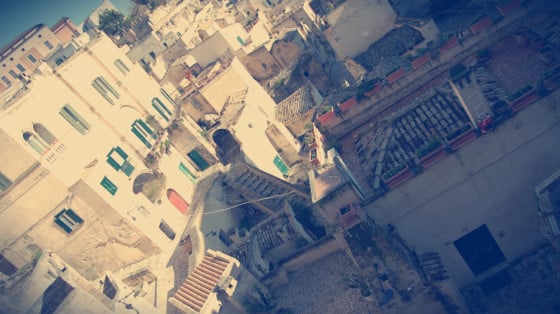
Definitely, Matera is one of the most interesting, unusual and memorable holiday destinations in Italy.
Located in the southern region of Basilicata (also called Lucania) and just 80 kilometers from Bari, this magnificent enclave remains a virtually unknown place, hardly visited by foreign tourists traveling to Italy.
To Italians, Matera is famous for its cave-house neighborhoods, called Sassi. Its impressive cliffs and picturesque church towers and houses look like they were taken straight out of a The Flintstones Sunday special.
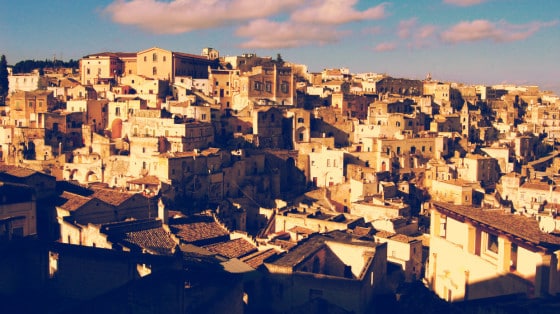
The caves of Matera have been inhabited for centuries, some of them were very humble (even slum-like) residences, while others were more spacious and dignified, the whole area, however, shared the stigma of poverty, misery and marginalization.
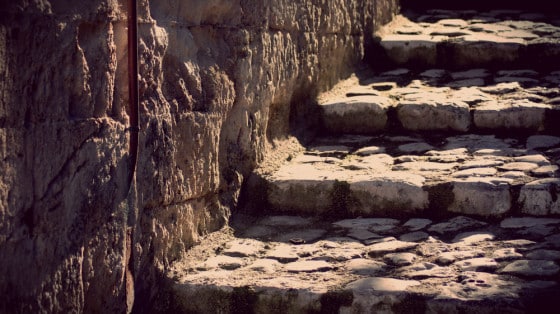
During the 1950s, hundreds of families living in this humble settlement were evacuated, largely due to the public pressure that followed the outbreaks of malaria and cholera among Sassi residents.
The inhabitants of the Sassi were moved to new apartment blocks built on a plateau near the ancient city.
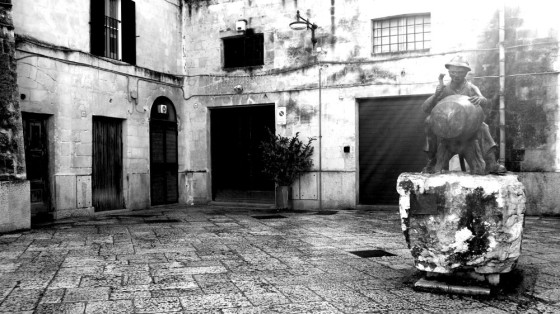
For over three decades, the historic center of Matera became a kind of ghost town, a forbidden district that could not be accessed.
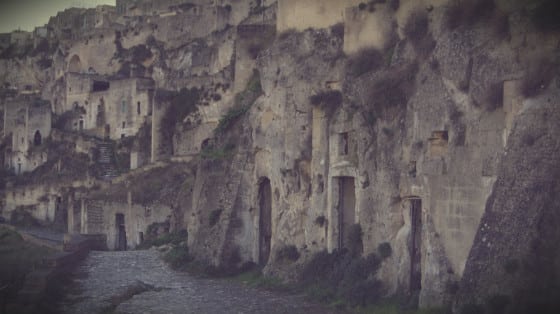
During the 80s, after the government ban to live in Sassi was lifted, some residents started moving back to their former cave-houses. In 1993, the city became a World Heritage site by UNESCO as “the most prominent intact example of a troglodyte settlement in the entire Mediterranean region, perfectly adapted to its landscape and ecosystem.”
Since then, Matera has become an increasingly popular tourist destination. Its ancient cave homes are being converted into modern and comfortable apartments, hotels, B&Bs and restaurants.
And if Matera’s Old Town steep and winding ramps look familiar, there is a big reason for that.
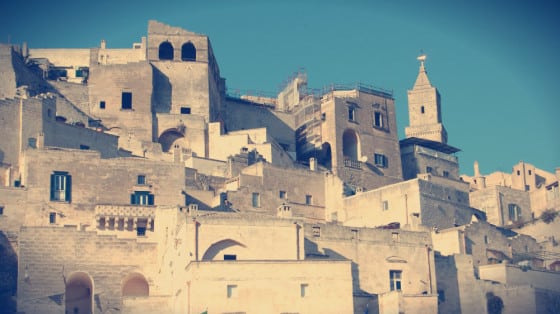
The location, terrain, and disorderly piled houses of Matera bring to mind images that correspond more with the vision we have of what the Middle East would look like, instead of a typical Italian town.
Well, Mel Gibson also noted this, and as a result, his film The Passion of the Christ was almost entirely shot in Matera.
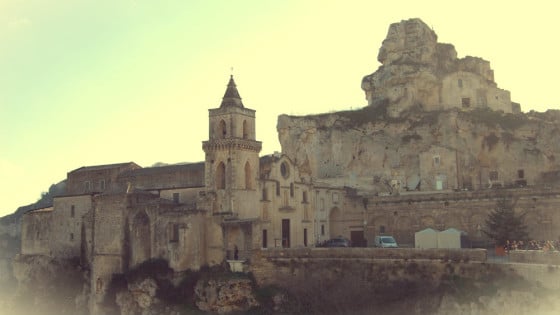
Useful information
The most complicated thing when planning a trip to Matera (or southern Italy in general) is knowing how to get there.
The easiest way to reach Matera from Europe, is flying to Bari and taking the train once there.
Note that Matera is not part of Italy’s railway network (Trenitalia). You can reach Matera by train, however, through the local company Ferrovie Appulo-Lucane (ferrovieappulolucane.it). Trains depart from a terminal attached to the main Bari Centrale station. The journey takes about an hour and a half (some schedules require a change of trains in Altamura).



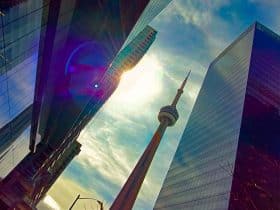
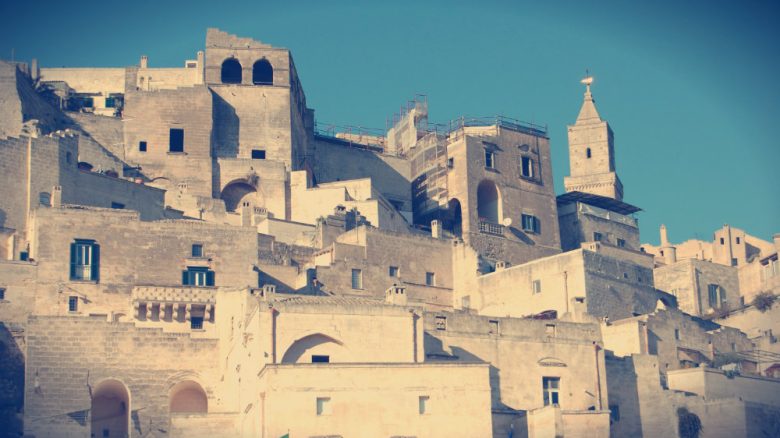



















Leave a Reply
View Comments